Why Automakers Love SUVs: Sazgar's Insight
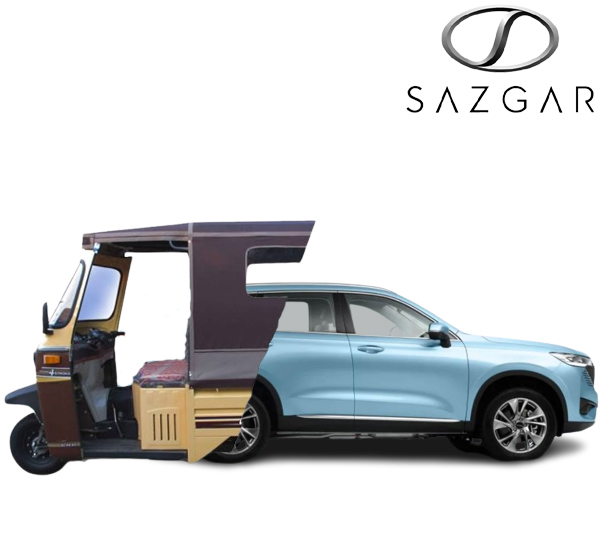
Why Automakers Love SUVs: Sazgar's Insight
Sazgar, once known for producing small rickshaws and tractor wheel rims, has undergone a remarkable transformation in the past year. In FY22, the company began assembling two Chinese brands, BAIC and Haval, domestically. However, it was in FY23 when they truly accelerated production with the introduction of Haval's SUV. This strategic move has paid off handsomely, as shareholders received a 24 percent dividend payout, marking a significant return after a 5-year hiatus.
Shift Towards Four-Wheelers
In a game-changing move, Sazgar sold around 1800 four-wheelers, with 1657 units being Haval's SUVs. Despite selling over 15,000 rickshaws last year, more than half of the company's revenues, about 55 percent, now come from four-wheelers, specifically 997 units. This shift has become even more pronounced in FY23, with over 80 percent of revenues attributed to four-wheelers, while roughly 20 percent was earned through the sale of approximately 9000 rickshaws and 37,500 tractor wheel rims.
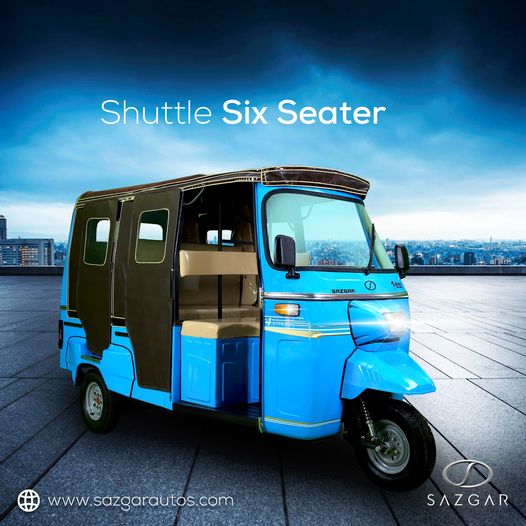
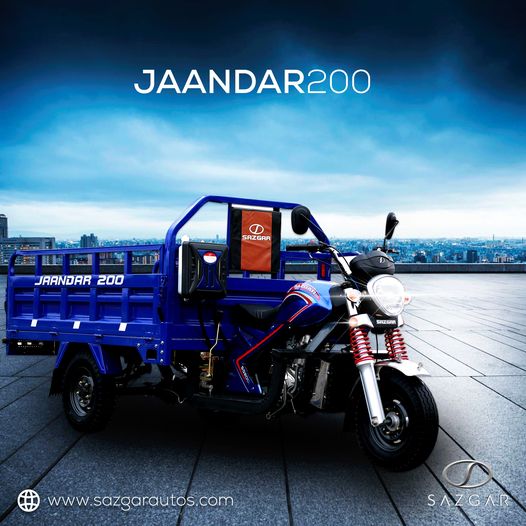
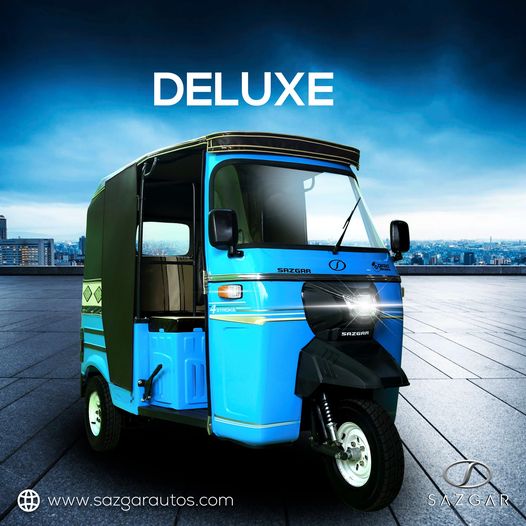
Explosive Revenue Growth with Haval
With Haval's involvement, Sazgar's revenues grew by an impressive 77 percent in FY23, even amidst a struggling economy and a challenging automotive market. A 39 percent increase in four-wheeler revenue per unit sold from FY22 to FY23 further solidified the wisdom of Sazgar's decision to partner with Haval.
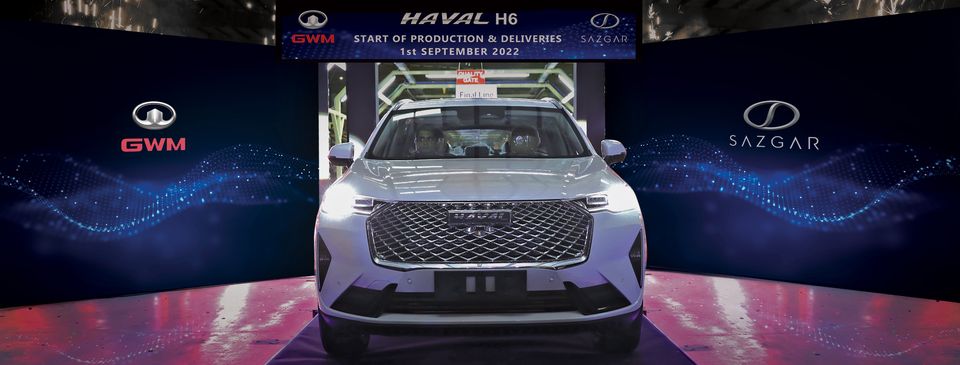
Challenges in Other Segments
While diversification into SUVs and new models has been a successful endeavor for Sazgar, its other segments are relatively small and less profitable. The company exports three-wheelers to several countries, but revenues in this segment decreased by nearly 40 percent in FY23.
The SUV Revolution in Pakistan
Since the introduction of the Auto Policy 2016, which welcomed new players to assemble vehicles in Pakistan, there has been a prevailing belief that Pakistan is on the cusp of transitioning from sedans to SUVs, following the global trend. This shift has proved profitable for many, including Kia and Sazgar, while companies like Suzuki, primarily focused on small cars, have faced challenges due to limited market size and shares. Haval SUVs, despite their higher price tag, have gained traction in Pakistan due to their appeal.
SUV Demand and Future Prospects
The big question now is whether there will be sustained demand for SUVs in the coming years. This transition to SUVs largely depends on income growth, accessibility to bank financing, the capacity of Pakistani roads and infrastructure to accommodate larger vehicles, and the implications for public expenditure. There are numerous factors to consider as Pakistan potentially embraces the SUV trend.
In the meantime, Sazgar is making substantial profits from selling less than 2000 units of its SUVs, which is undoubtedly newsworthy. The company's success in this sector underscores the potential for the SUV market in Pakistan.
Sazgar
Automotive Industry
SUVs
Haval
Pakistani Economy
Vehicle Assembly
Financial Growth
Auto Policy 2016
Shareholders
Vehicle Market Trends
Diversification
Export Business
Pakistans Automotive Market
Income Growth
Related Auto News Updates
Latest Discussions
Comments


















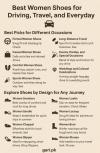


Add a Comment "Why Automakers Love SUVs: Sazgar's Insight"